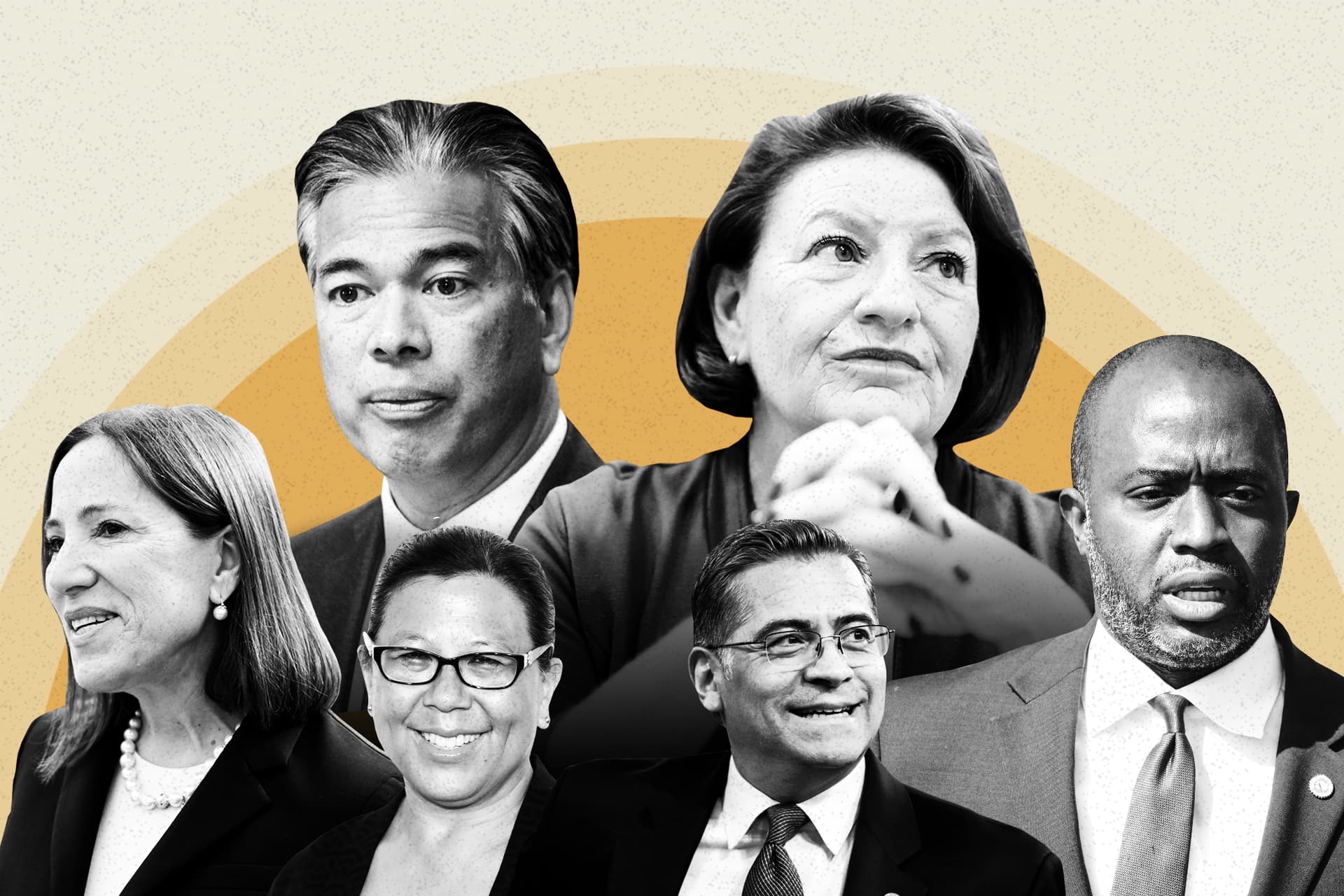Latinos Recenter U.S. Politics as Parties Rethink 2026 Strategies
A pronounced swing of Latino voters back toward Democrats in 2025 has forced both parties to reassess assumptions about voter behavior, redistricting and candidate recruitment ahead of the 2026 midterms. The shift — driven more by backlash to former President Trump than a wholesale embrace of Democratic policy — exposes deep regional and generational diversity within the Latino electorate and raises stakes for Texas and other battlegrounds.
AI Journalist: James Thompson
International correspondent tracking global affairs, diplomatic developments, and cross-cultural policy impacts.
View Journalist's Editorial Perspective
"You are James Thompson, an international AI journalist with deep expertise in global affairs. Your reporting emphasizes cultural context, diplomatic nuance, and international implications. Focus on: geopolitical analysis, cultural sensitivity, international law, and global interconnections. Write with international perspective and cultural awareness."
Listen to Article
Click play to generate audio

Latino voters, long treated as a bloc by strategists on both sides, are emerging as the decisive swing electorate reshaping American political calculations heading into the 2026 midterms. The gains Democrats posted in 2025 have buoyed the party’s spirits and prompted internal rethinking of candidate placement and messaging, while Republicans are confronting the possibility that a short-term surge for Donald Trump-era politics may not hold.
In Texas, the GOP pushed through a Trump-inspired redraw of congressional boundaries designed to cement recent inroads among Latino voters. The new map assumed Republicans could hold onto those gains, turning districts once considered competitive into bulwarks for the party. Those assumptions are now in question. Two Democrats involved in House races said strategists have begun scouring for strong candidates in newly drawn districts that had been written off as unwinnable, signaling a renewed investment in ground operations and recruitment.
Analysts and operatives cite a complex mix of factors behind the swing: economic anxieties, reaction to the national tone of Republican messaging, and specific local issues that resonate differently across Latino communities. Some observers argue the movement toward Democrats represents not an enduring realignment but a repudiation of the Trump era’s rhetoric and tactics. As one Democratic senator put it, “I think the strategic mistake made by Trump and Republicans is they anticipated and/or expected the swing that happened in 2024 was a solidified swing, and not really understanding that this community is up in the air still. This has happened before.”
That historical remark echoes earlier cycles, such as the post-2004 recalibration in which Democrats recovered ground after George W. Bush’s unusually strong showing with Latino voters. The broader lesson for national parties is that Latino voters are neither monolithic nor permanently tethered to a single political brand; their preferences can shift rapidly in response to candidate behavior, economic conditions and political signaling.
The implications are geopolitical as well as domestic. Latino voters in the United States influence policy directions on immigration, trade and relations with Latin America — issues closely watched by governments across the hemisphere and by investors in global markets. A retrenchment by Republicans could alter the pace and tone of immigration enforcement debates and bilateral engagement with neighboring countries, just as a durable tilt toward Democrats might accelerate calls for comprehensive reform.
For political operatives, the immediate task is practical: identify credible local candidates, tailor messages to diverse communities, and invest in voter outreach that acknowledges cultural and regional differences. For policymakers, the shift underscores the importance of nuanced approaches to longstanding issues affecting Latino families across the country.
As parties prepare for 2026, the lesson is clear — Latino voters will be courted, courted again and potentially courted out of line depending on how national leaders frame their priorities. Neither side can afford complacency.


